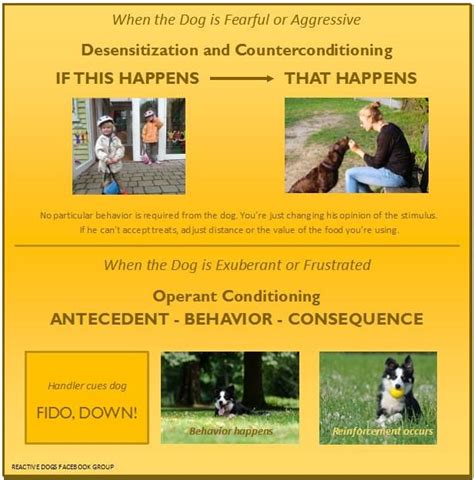Do you have a pet that struggles with fears or phobias? Whether it’s a fear of strangers, loud noises, or other animals, these fears can make life difficult for both you and your furry friend. Fortunately, there is a safe and effective way to help pets overcome their fears: desensitization and counterconditioning.

What is Pet Desensitization and Counterconditioning?
Desensitization and counterconditioning are two behavioral techniques that are often used together to help pets overcome their fears.
Desensitization is the gradual exposure of a pet to a feared stimulus in a controlled environment. This allows the pet to learn that the stimulus is not actually dangerous and that it can be tolerated.
Counterconditioning is the pairing of a feared stimulus with a positive stimulus, such as a treat or praise. This helps the pet to associate the feared stimulus with something positive, which can help to reduce their fear response.
How to Perform Pet Desensitization and Counterconditioning
Desensitization and counterconditioning can be performed at home with a little patience and consistency. Here are the steps involved:
- Identify your pet’s fear: Determine what specific stimuli trigger your pet’s fear response.
- Create a safe environment: Choose a place where your pet feels comfortable and secure.
- Start with small steps: Begin by exposing your pet to the feared stimulus at a very low intensity, such as a faint sound or a brief glimpse of the object.
- Reward your pet: As your pet remains calm in the presence of the feared stimulus, give them a treat or praise them.
- Gradually increase the intensity: Slowly increase the intensity or duration of the exposure as your pet becomes more comfortable.
- Be patient and consistent: Desensitization and counterconditioning can take time, so be patient and consistent with your training.
Benefits of Pet Desensitization and Counterconditioning
Desensitization and counterconditioning offer a number of benefits for pets, including:
- Reduced fear and anxiety
- Improved quality of life
- Increased confidence
- Stronger bond between pet and owner
Case Studies
Numerous studies have demonstrated the effectiveness of desensitization and counterconditioning in helping pets overcome their fears. For example, a study published in the journal “Applied Animal Behaviour Science” found that desensitization and counterconditioning was effective in reducing fear of loud noises in dogs. Another study, published in the journal “Veterinary Medicine and Science,” found that desensitization and counterconditioning was effective in reducing fear of strangers in cats.
Conclusion
Desensitization and counterconditioning are safe and effective techniques that can help pets overcome their fears. With patience and consistency, you can help your furry friend live a happier and more fulfilling life.
Additional Tips
- Use a clicker: A clicker can be used to mark the exact moment when your pet remains calm in the presence of the feared stimulus. This can help to reinforce the desired behavior.
- Go at your pet’s pace: Every pet is different, so it’s important to go at your pet’s pace when performing desensitization and counterconditioning.
- Don’t punish your pet: Punishment will only make your pet’s fear worse.
- Seek professional help: If you’re having trouble performing desensitization and counterconditioning on your own, don’t hesitate to seek professional help from a veterinarian or animal behaviorist.
Frequently Asked Questions
- How long does desensitization and counterconditioning take? The length of time it takes for desensitization and counterconditioning to work varies from pet to pet. Some pets may see results in a few weeks, while others may take several months.
- Is desensitization and counterconditioning effective for all pets? Desensitization and counterconditioning can be effective for most pets, but it’s important to note that some pets may not respond to this type of training.
- Can I perform desensitization and counterconditioning on my own? Yes, you can perform desensitization and counterconditioning on your own, but it’s important to do so carefully and under the guidance of a veterinarian or animal behaviorist.
Future Trends
Desensitization and counterconditioning are likely to continue to be an important part of pet training in the future. As our understanding of animal behavior continues to grow, we can expect to see even more effective and innovative ways to help pets overcome their fears.





















